Maybe it's my love of the mountains and forests, but I have a soft spot for the Norfolk pine as an indoor plant and the woodsy vibe it gives off. The soft needles have such a fun texture! Not only are they full and gorgeous, but they are easy houseplants to have once you know a little about them and give them the proper care. Here's how to care for Norfolk pines as houseplants!
This post has affiliate links.
Norfolk Pines
Norfolk pines (araucaria heterophylla) are commonly sold around the holiday season as an alternative to a traditional Christmas tree. I wish they were as beloved (and as readily sold) all year long. But if you are wanting to add this plant to your home, right now might be the best time to snag one as I have seen them go on sale at several nurseries since the Christmas season is now over. They are a bit harder to find the rest of the year. If you can't find them at your local nurseries, you can try etsy or Amazon.
Norfolk Pines (Norfolk Island Pine tree) are native to, you guessed it, Norfolk Island. It's a small island in the South Pacific Ocean. So while these are sold as an alternative to a pine tree, they are actually a tropical plant that love full sun. They aren't even true pines! They are not cold hardy like a pine tree and can't tolerate temperatures below 40 well. You can place them outside during the summer months (keep in partial shade), but you will need to bring them indoors when the temperatures start drop. Keeping them outside can also initiate new growth.
Lighting
They love bright, indirect light. Morning light is best, but anywhere in your home where they will get at least 2 hours of bright light is fine. They can handle a medium light situation but may get a bit leggy (which means tall and with leaves more sparse) in the lower light levels. Direct sunlight is too much light and may burn the needles. These plants are similar to Fiddle Leaf Figs in the sense that they don't like to be moved around. Once you find a spot it's happy in with enough light, keep it there. It is a good idea to rotate your Norfolk pine every few months so all of the plant get the same exposure to the light. This is a good practice for all houseplants. Otherwise they can get a flat side! See my houseplant 101 post for an example and more details.
Humidity
Like most other houseplants, Norfolk pines like high humidity. Since most of us buy them in the winter when our homes are the driest, this means you will have to boost the humidity levels somehow. These tips really apply to all tropical houseplants.
#1 Create a pebble tray
Use a cookie sheet or a plastic serving tray to create a pebble tray for your plants. Add some pebbles (which you can buy at a pet store, craft store, or home improvement store) to the tray and place your plant on top of the pebbles. Add enough water to the tray to almost cover the pebbles. The pebbles keep you plant from touching the water and getting root rot. The water in your pebble tray will evaporate, creating more humidity in the air around your plants.
#2 Group your plants
Did you know that plants give off humidity? They do! Water in the plant escapes through pores called stomata. It is called transpiration. Generally speaking, the broader the leaf, the more humidity the plant creates. Since Norfolk pines have small, thin needles, they don't create a lot on their own. Grouping it together with other plants will help create a microclimate of high humidity.
#3 Buy a humidifier
This might be an unpopular opinion, but I think misting a plant is pointless. You would have to mist a plant multiple times a day for it to have any affect. I don't know about you, but I certainly don't have the time to do that.I am doing good to remember the weekly watering. I am a big believer in using a humidifier in the winter months to create a higher humidity level. Not just for my plants, but for the sake of my skin. I hate that itchy feeling and having my nose all dried out. I group my plants together into groups. One group in the living room, one group in my bedroom, and one group in the office (I have a lot of plants!) I have 3 small humidifiers that get placed near each group. You don't have to buy expensive ones. I like this one: Amazon. The fact that they are grouped AND have a humidifier, help them not just survive the winter, but thrive.
#4 Keep away from air vents
This might be a bit more obvious, but keep your plants away from air vents. Not just in the winter with the heated dry air, but all year long. Plants don't like moving air directed at them or drafts. So avoid placing them near doors as well.
Watering
These plants like well draining soil so stay away from using a moisture retaining mix. Half succulent/cactus soil and half regular houseplant soil would be good. Or you can add in peat moss to the soil. In their native environment, they grow in sandy soil and their roots are particularly sensitive to root rot. Water when most of the soil is dry. They will also need to be in a pot that has good drainage so the excess water can drain out. If you see yellow needles, you are water too much. If you see brown needles, you need to water more and/or increase the humidity. Both of these are common problems. If watering issues happen, it is possible that the lower branches will die. Trim them off using sharp pruners. Unfortunately, these will never grow back, but your Norfolk pine will still be beautiful even with the loss of branches.
Other Care & Info
They don't need to be repotted until the roots start to come out the drainage holes at the bottom of the pot. They like to be a bit tight in the pot. It is probably best not to repot in the winter either since that is the time of year when it is already stressed from less humidity and less sunlight due to shorter days.
Unless you are using a diluted liquid house plant fertilizer that is meant for weekly feeding, only fertilize in the spring and summer.
Norfolk pines are categorized as mildly toxic to pets. It can cause an upset stomach if eaten.
PIN For Later:
Norfolk pines are beautiful houseplants! In a lot of ways, their needs are the same as other houseplants. If you see one, be sure to snag it and bring it home. You won't be sorry.
You will also like:


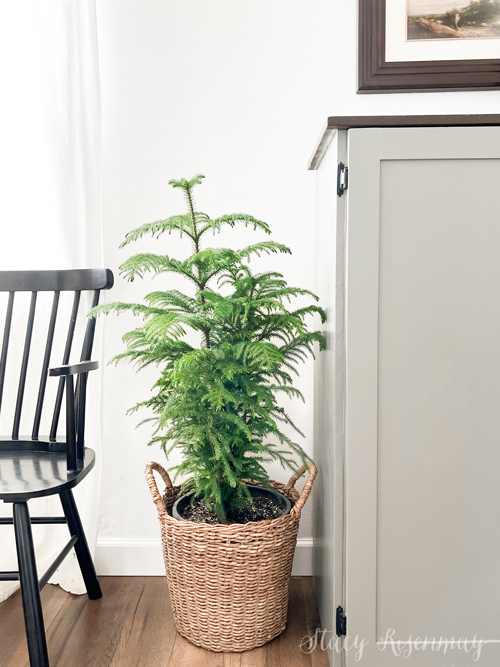
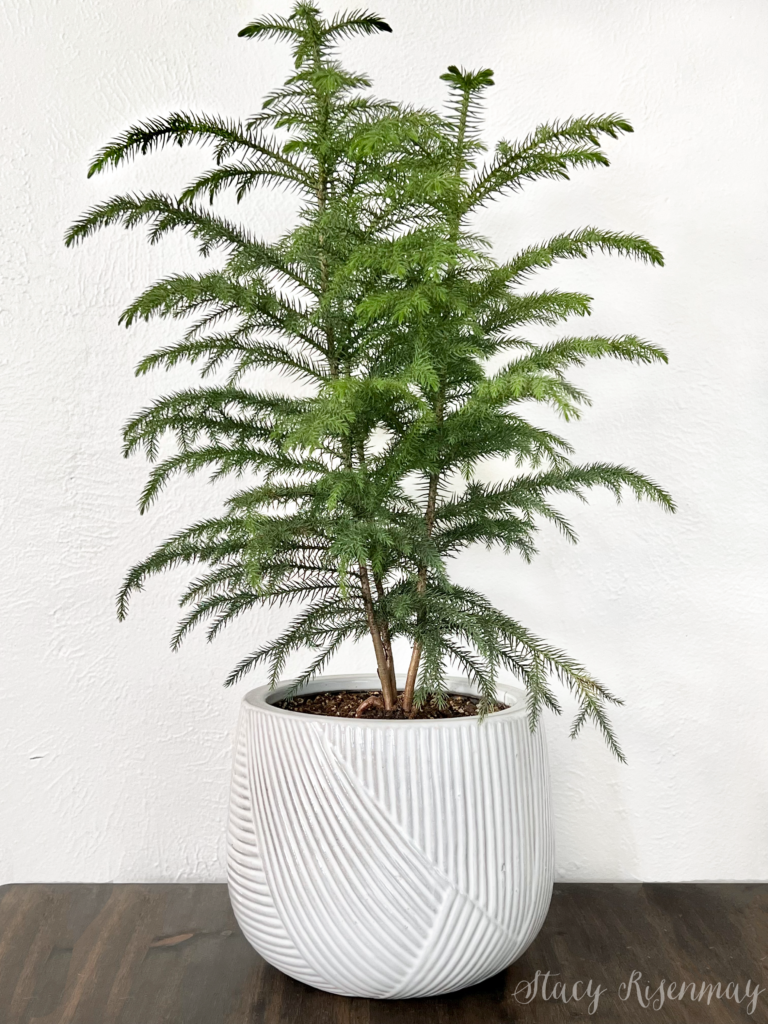
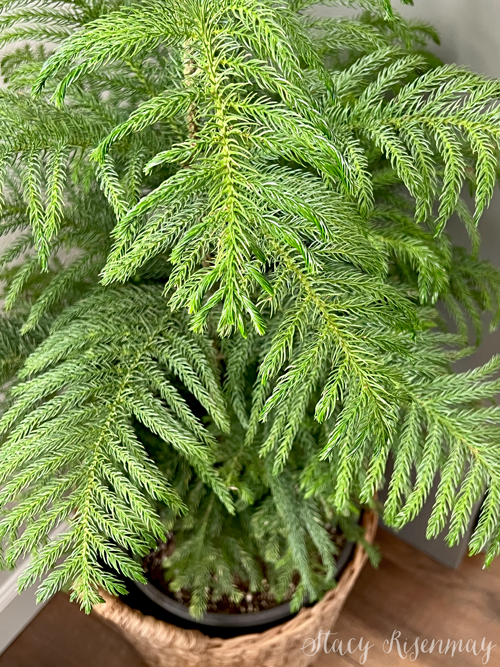
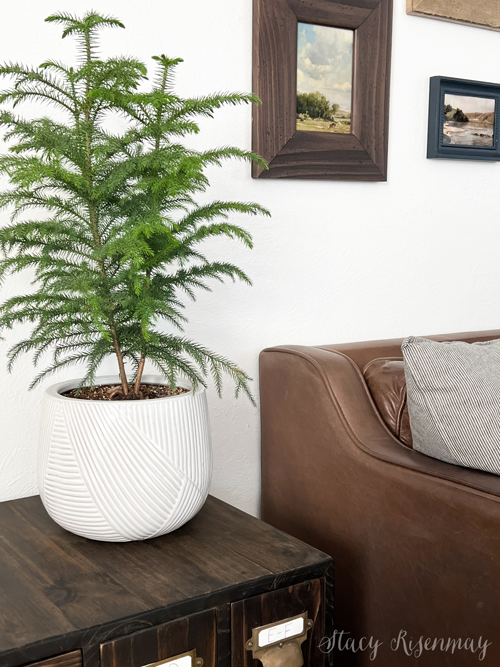
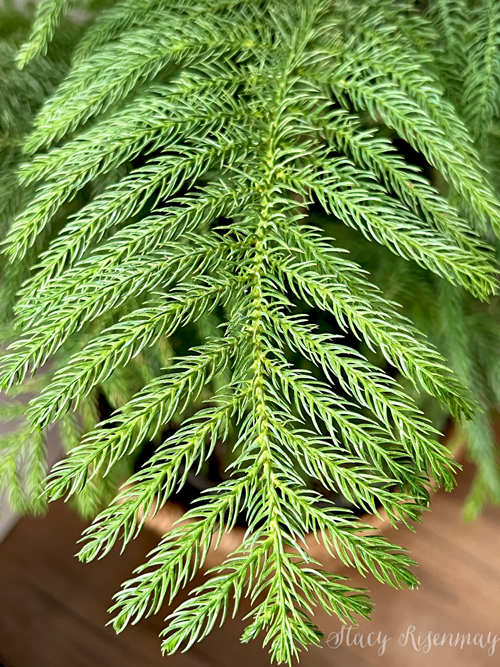
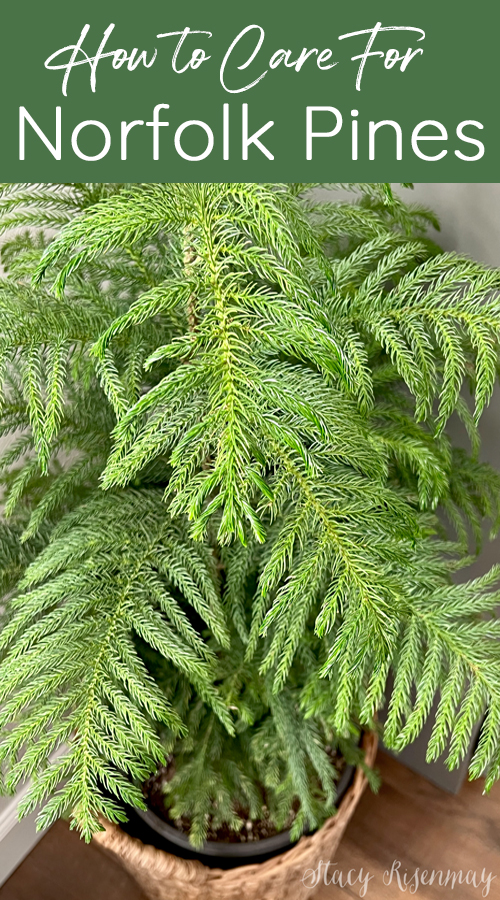
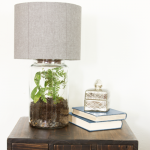
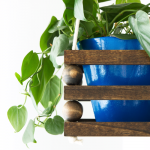
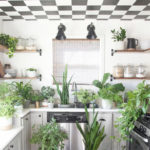
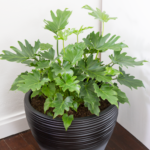

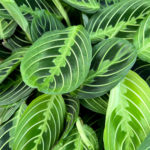
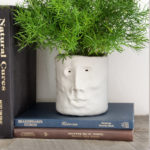
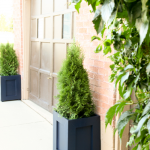
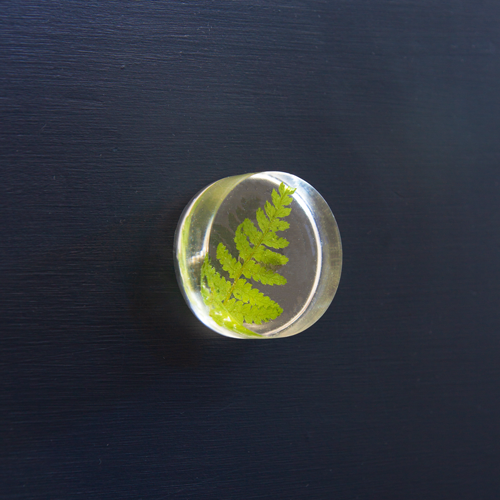
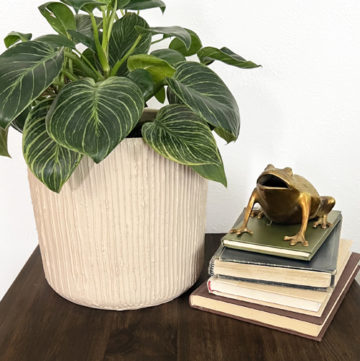
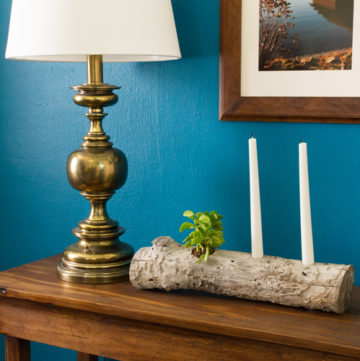


I really like Norfolk Island pines! I'd love to see this in-depth care guide for more house plants.
That is the plan! I am going to do one a month (at least).
I love my Norfolk pine! I've had it for many years and always put it outside in the summer. Thanks for all the tips on how to keep it healthier!